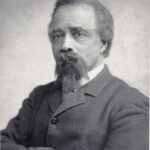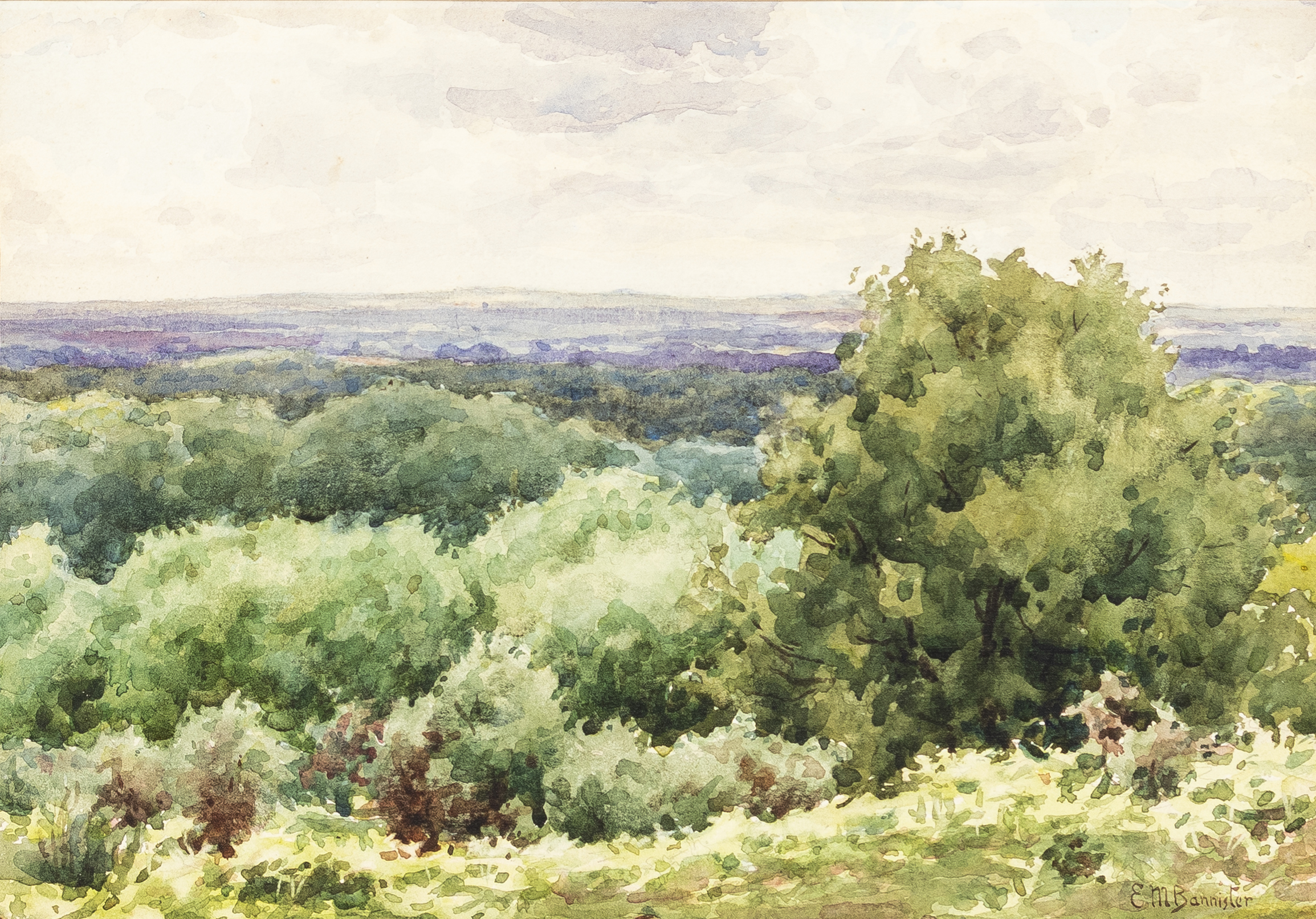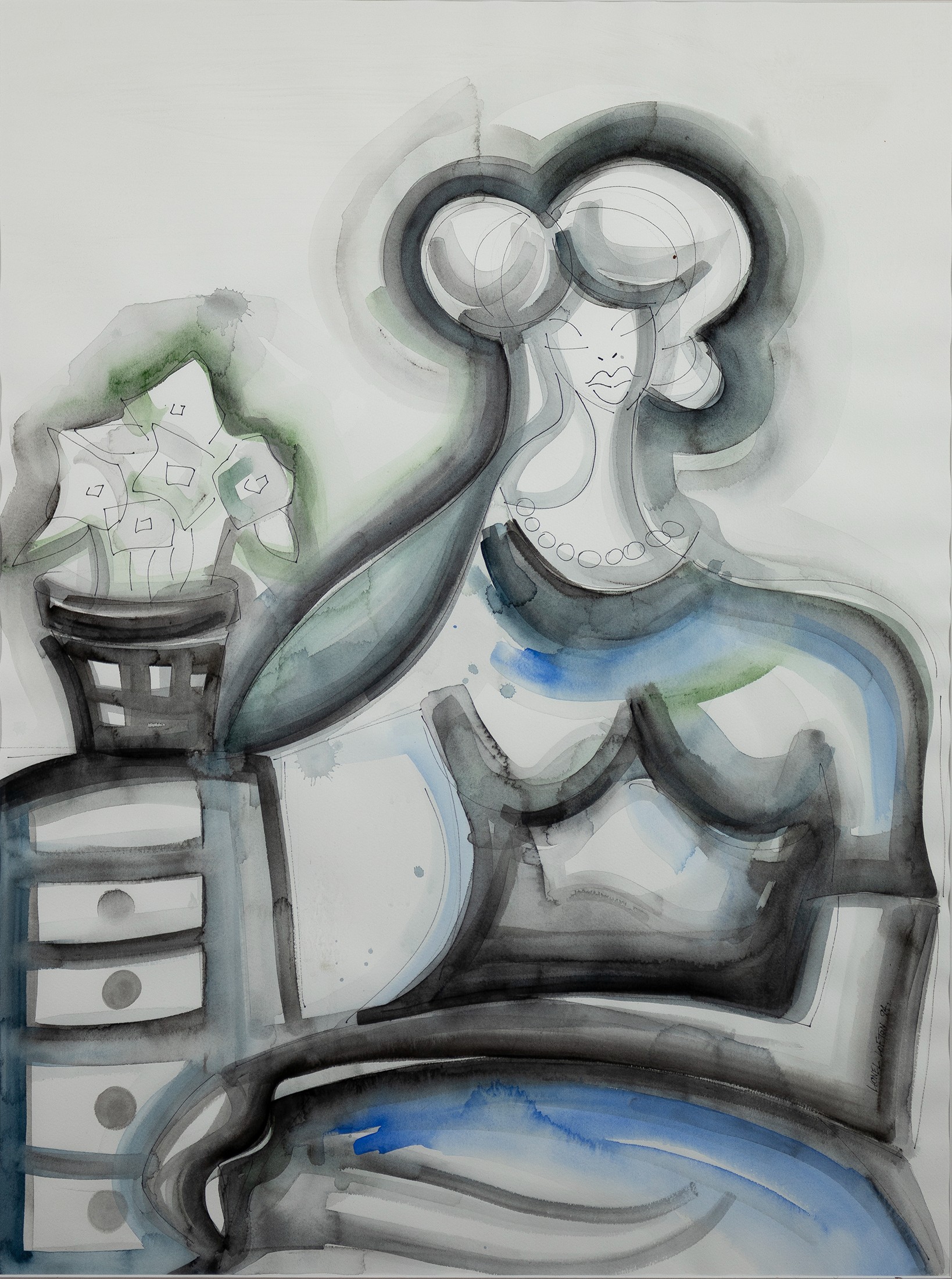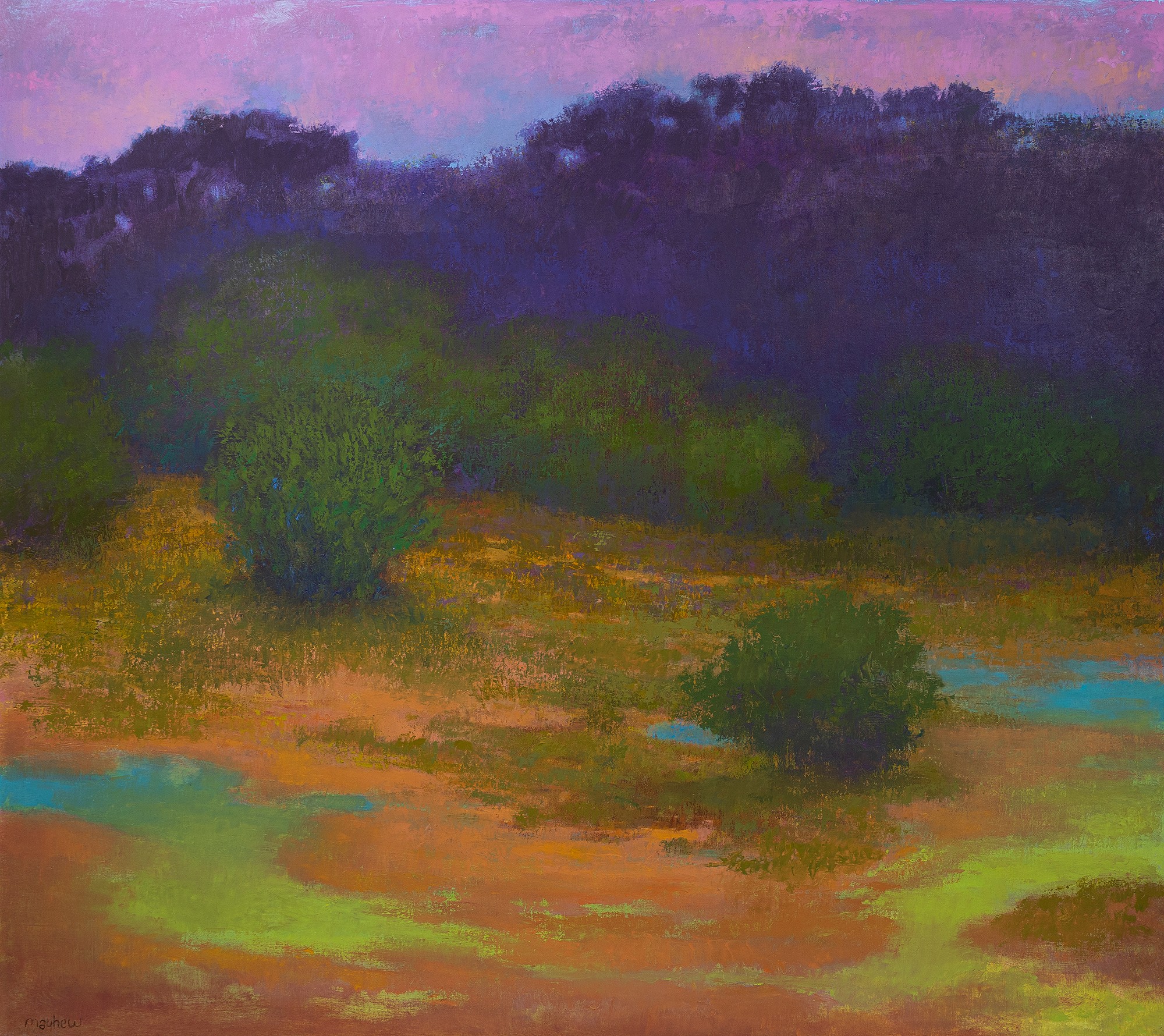 Edward Bannister is one of the first African American artists to achieve recognition in the United States during his lifetime. His tonalist paintings reflect a considerable influence from the Barbizon school in subject matter and technique. Bannister painted nature with such reverence that it wouldn’t be inaccurate to state that he may have also been influenced by the modern Transcendentalist themes of nature and spirituality that were prevalent in the northeastern United States at the time.
Edward Bannister is one of the first African American artists to achieve recognition in the United States during his lifetime. His tonalist paintings reflect a considerable influence from the Barbizon school in subject matter and technique. Bannister painted nature with such reverence that it wouldn’t be inaccurate to state that he may have also been influenced by the modern Transcendentalist themes of nature and spirituality that were prevalent in the northeastern United States at the time.
Originally from Canada, Bannister settled in Boston at the age of 20 and studied at the Lowell Institute with William Rimmer. He eventually moved to Providence, Rhode Island with his wife, Christiana Cartreaux, a Narragansett Indian. In 1876, his painting, Under the Oaks won first prize at the Philadelphia Centennial Exposition and caused considerable disruption. Bannister emerged with his title upheld and career as a serious artist firmly established. Bannister co-founded the Providence Art Club and continued to paint with considerable community support. He was the only major African-American artist of the late nineteenth century who developed his talents without the benefit of European exposure.
REF: Free within Ourselves: African-American Artists in the Collection of the National Museum of American Art (Washington, D.C.: National Museum of American Art in Association with Pomegranate Art Books, 1992)




